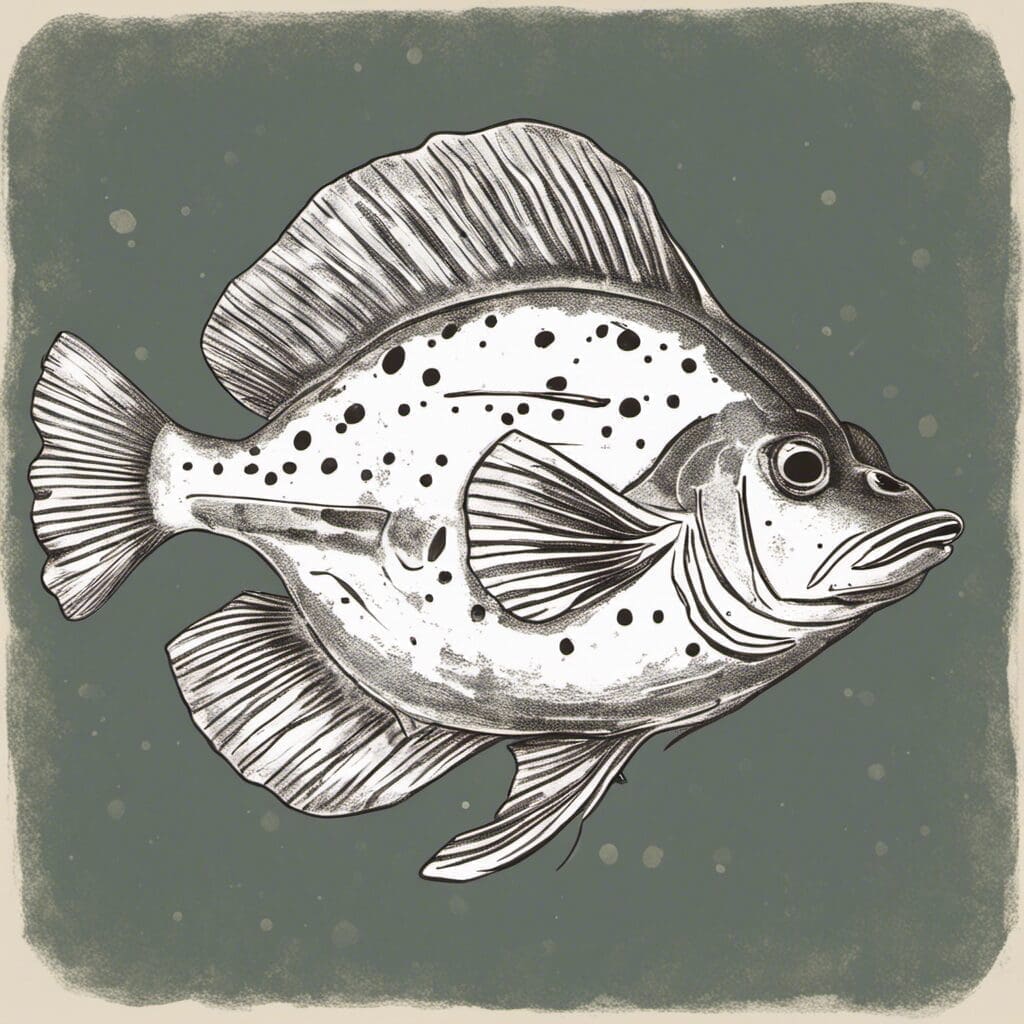Introduction
Species Name, Family Name
The Summer Flounder, scientifically known as Paralichthys dentatus, is a member of the Paralichthyidae family. Other common names include Fluke, and it’s renowned for its excellent taste and sporting quality.
Conservation Status
Current Status, Conservation Efforts
According to the National Oceanic and Atmospheric Administration (NOAA), the Summer Flounder is overfished, hence the conservation status is considered critical. However, under the Summer Flounder Fishery Management Plan’s effort, measures such as fishing quotas and season closures have been adapted to rebuild its population.
Statistics
| Statistic | Average | Range |
|---|---|---|
| Length | 19 inches | 12 – 37 inches |
| Weight | 3 pounds | 1 – 19 pounds |
| Average Lifespan | 12 years | N/A |
Distribution
Regions/Countries, Migration Patterns
Summer Flounder are primarily found along the Atlantic coast of the United States and Canada, from Nova Scotia to Florida. In particular, they are highly prevalent in the Mid-Atlantic Bight. During the warmer months, they can usually be located in inshore waters and estuaries, while colder temperatures see them migrate offshore to depth up to 500 feet.
Habitats
Water Type, Depth Range, Temperature Range
As a saltwater species, Summer Flounder typically inhabit marine or brackish waters. They can be found at depths ranging from shallow inshore waters to 500 feet deep. They prefer warmer tempreratures, making them prevalent during the summer months.
When and Where to See
Seasonal Patterns, Time of Day
Summer Flounder can best be observed during the summer months, where rising water temperatures bring them into the shallows. As for the time of day, they can often be located during both high and low tide, highlighting their adaptability.
Best Fishing Locations
For the Summer Flounder, below are some top fishing locations:
- Cape Cod, Massachusetts
- Chesapeake Bay, Maryland
- Garden State, New Jersey
- Murrells Inlet, South Carolina
- Indian River, Delaware
- Long Island Sound, New York
- Virginia Beach, Virginia
- St. Augustine, Florida
- Cape May, New Jersey
- Hampton Roads, Virginia
How to Catch
Preferred Bait or Lures, Fishing Techniques, Best Time of Day or Season for Fishing
While live bait including menhaden and squid may prove effective for catching Summer Flounder, artificial lures like spoons and spinners can also be successful. Bottom fishing is generally the preferred technique, though casting and trolling can also work well. Fishing for Summer Flounder is typically best during the summer months.
Identification Guide
Physical Characteristics
Summer Flounder are flatfish with both eyes on their left side, which is dark colored. The right side, which faces down, is white. They have a large mouth, sharp teeth, and a unique lure-like projection from the area above the mouth.
Culinary
How to Cook, Taste Profile, Nutritional Information, Recipes
Summer Flounder is favored for cooking due to its firm, white flesh that has a mild, sweet taste. It can be baked, broiled, or fried and is commonly served with butter or lemon. It is low in fat and high in protein, providing significant amounts of vitamin B12 and iodine. Noteworthy recipe is Summer Flounder Piccata, an Italian-inspired dish featuring capers and a lemon wine sauce.
Additional Information
Behavior, Predators and Threats, Cultural/ Historical Significance
Their unique shape and behavior allow them to blend with the ocean bottom, providing a perfect camouflage for hunting prey and avoiding predators. Predators of the Summer Flounder include sharks, larger fish, and seabirds. Overfishing by humans also poses a significant threat to their population.
The Summer Flounder has a strong representation in sport and commercial fishing along the Atlantic coast of the United States due to its unique challenge and culinary value.
References and Further Reading
- NOAA Fisheries: Summer Flounder
- Florida Museum: Summer Flounder
- Chesapeake Bay Program: Summer Flounder

